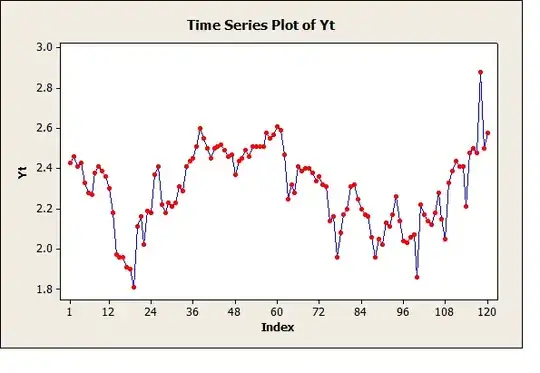I am trying to find a way to quantify how circular or symmetric a shape is. What is a good way to measure the circularity of these set of points?
I already have the coordinates of the points along the perimeter of the shape.
The image below shows the location of the points with the centre taken to be the centre of mass.
